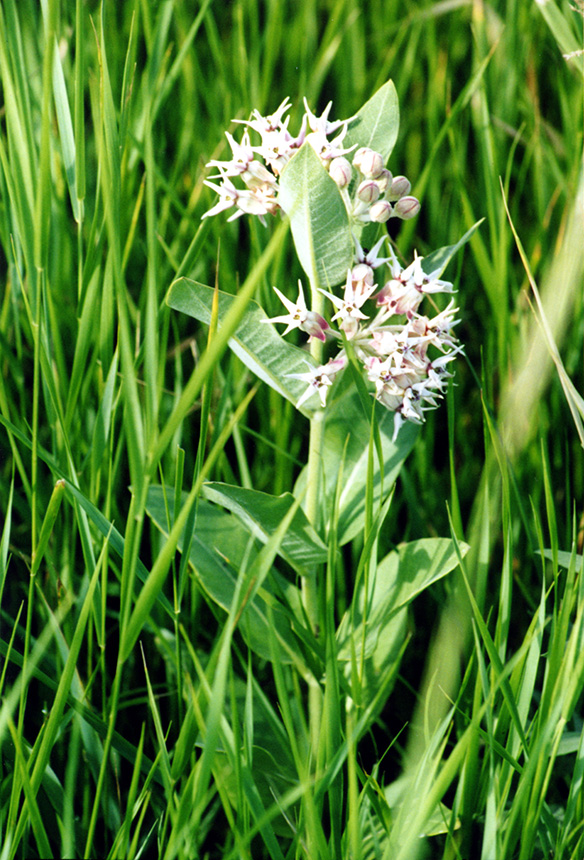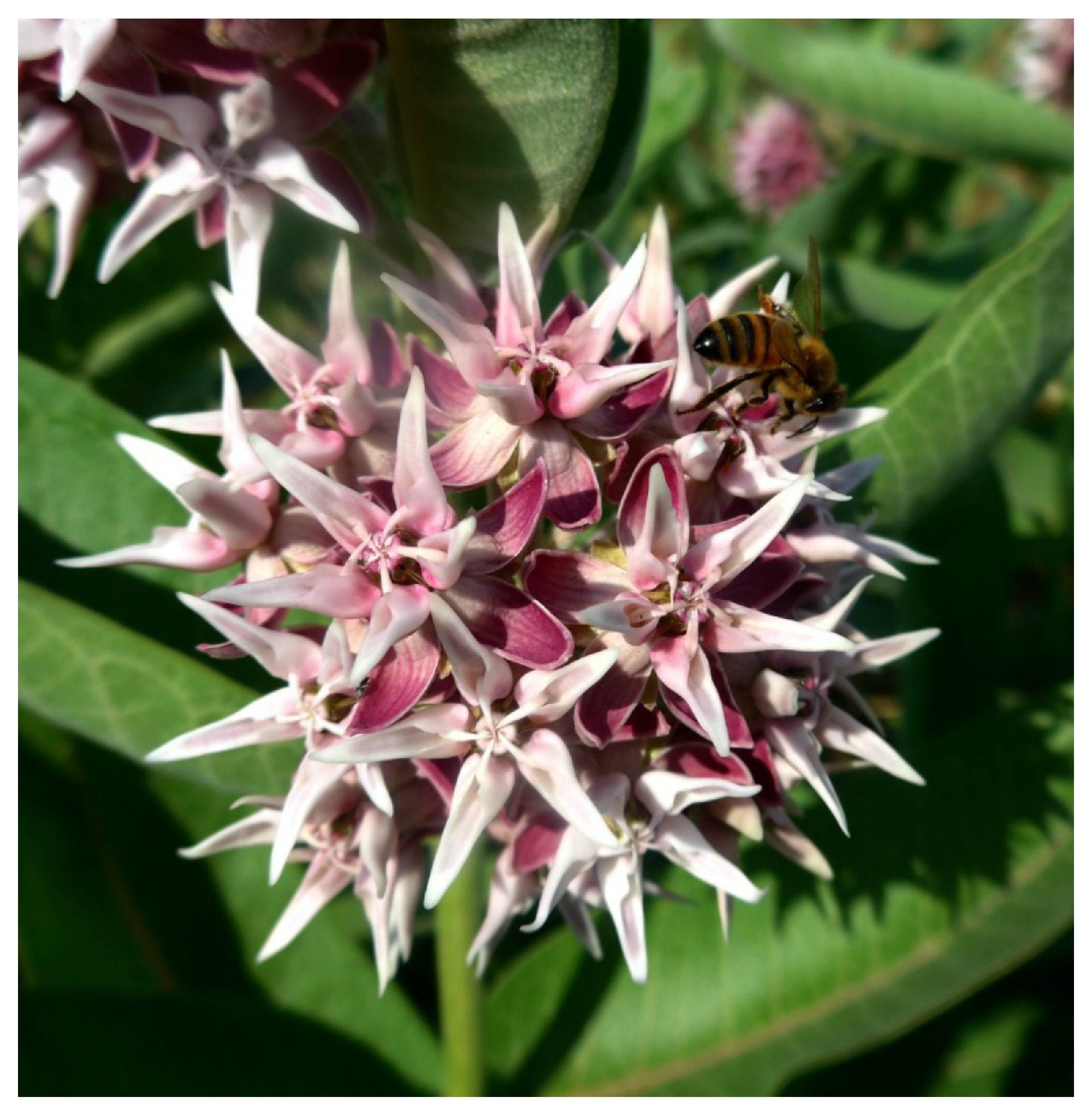
IAE researchers conducted germination tests on 15 populations of showy milkweed.

Showy milkweed (Asclepias speciosa) is widespread in the western US and an important larval food plant for monarch butterflies.

But others recommend giving the seeds a cold and moist environment (a process called cold stratification) for period of a few days to months, followed by warmth to promote germination. Some authorities suggest that milkweed seeds germinate well with no special treatment: just provide water, light and a warm environment and off they go. Monarch caterpillar feeding on showy milkweed (Asclepias speciosa). It’s as simple as germinating the seeds and planting them.īut there’s a catch: milkweed seeds can be tricky to germinate. One action people can take to help monarchs and other pollinators is to plant and cultivate milkweeds broadly on the landscape, from urban locations to wildlands. Monarch butterfly on common milkweed (Asclepias syriaca). Without milkweeds, monarch butterflies have no place to lay their eggs and feed their larvae. Monarch butterflies are declining at an alarming rate, in part due to the widespread loss of milkweeds, the plants on which all monarchs depend. Make it part of your permanent landscape this season.Making more milkweeds for monarchs: breakthroughs in milkweed seed germination

Hardy from one end of the country to another, easy to grow, and ready to self-sow if you want more plants, Showy Milkweed is a treasure. Either way, once the seeds have gone through their chill time, you can sow and grow them indoors until they have at least 2 sets of true leaves. Put the bag in the fridge where it won't be disturbed for a month. But that takes up space, so another method is to place the seeds onto a moistened paper towel, fold the towel over them, and place it in a plastic bag. If you have room in your fridge, pop the seeds into the Bio Dome and put the whole Dome (or just the bottom tray, covered with plastic) into the fridge. When your seeds arrive, they need about a month of chill time. Here are just a few of the butterflies you can look for on your Showy Milkweed: It's an amazing sight, and one that every gardener should experience. And if you look very closely under the stems, you may see semi-transparent chrysalises containing beautiful folded-up butterflies, just waiting to break open and fly. That means that the caterpillars have fed and are ready for the chrysalis stage. Or let the handsome seedpods form, cut them off, and share the rewards with friends who lack Showy Milkweed in their gardens.īecause milkweed is a food source for monarch caterpillars, you may find some nibbled foliage. It will self-sow, so if you don't want volunteers, simply remove the last blooms before they set seed. Some asclepias species (not the cultivated varieties, but the wild species) can be invasive, but Showy Milkweed is far more restrained. This is not a container plant it grows a long taproot, so try to plant it where you know you want it to grow, because transplanting is very difficult. Be sure to site Showy Milkweed in a fully sunny spot, in well-drained soil.

Honeybees and bumblebees find the nectar irresistible too. And the blooms have that distinctive licorice aroma so beloved of hummingbird mint.īutterflies aren't the only pollinators to visit these blooms. You will seldom find it out of bloom for 4 to 5 months at a stretch. The blue-green leaves are thick and slightly hairy, topped by glorious rosy-pink starbursts fully 4 to 5 inches wide from late spring into early fall. Showy Milkweed is a stout, well-branched plant, airy and beautifully textured. A pollinator magnet you simply must grow in your sunny garden, it is a Native American perennial with so many merits, you will wonder how you ever got by without it. We are honored to make Showy Milkwood seeds available this season.


 0 kommentar(er)
0 kommentar(er)
